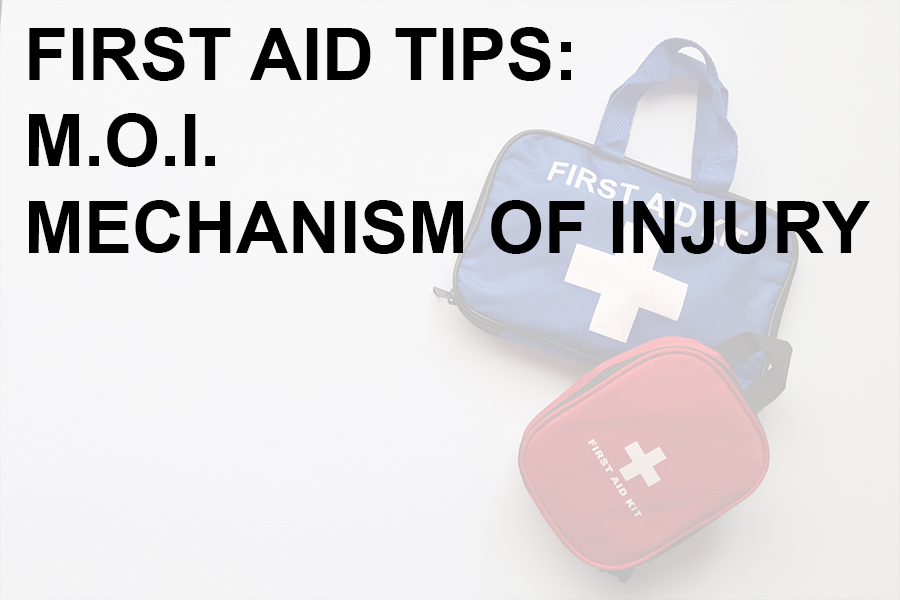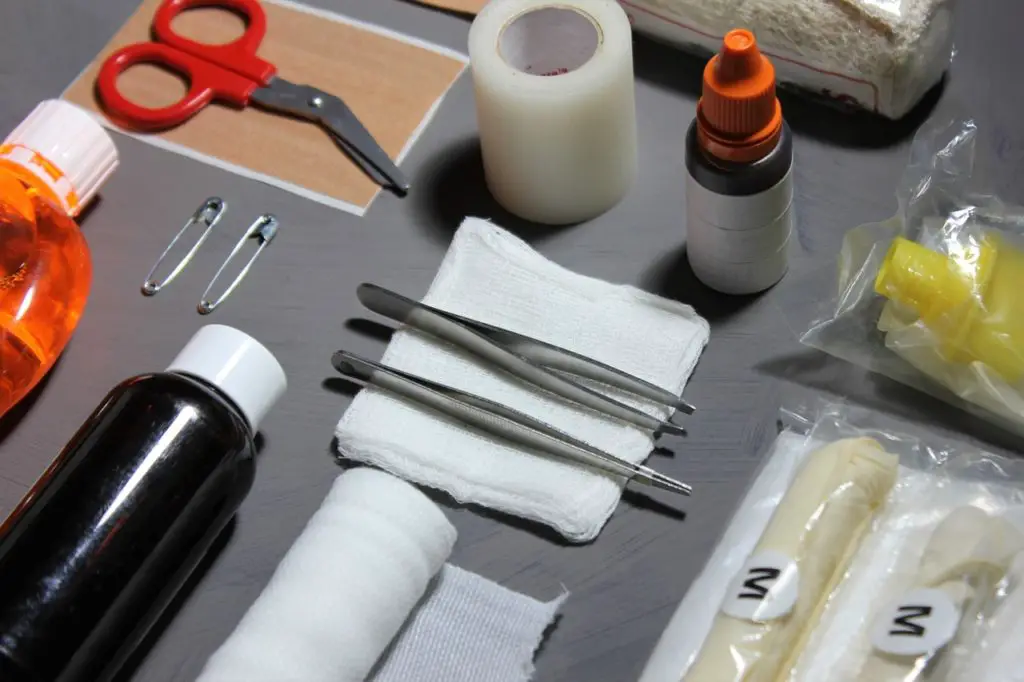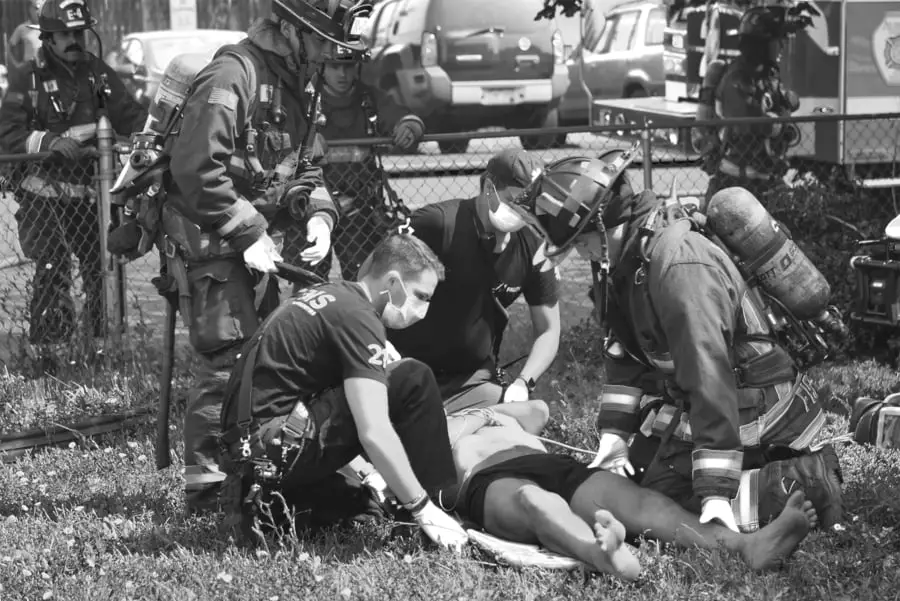Imagine yourself coming across a person on the ground who is unresponsive. You decide to call an ambulance and assist the person as best you can until help arrives (use the DRSABCD acronym to help you remember what to do). As you size up the scene, you should look for evidence of what may have caused the injury. This process is trying to determine the mechanism of injury.
What does MOI stand for in first aid?
M.O.I. stands for “mechanism of injury” and refers to how a person has received trauma to their body. This can refer to something as simple as an elderly person tripping and falling down in their home. It can also be something as significant as a car wreck. The MOI in both would be what caused the damage, the sudden impact, or the “sudden deceleration.”
Who uses the MOI?
The mechanism of injury is not a reliable way to know what type of damage there will be. There are many other factors to consider. For example, age. An individual in their twenties will absorb a fall inside their home much better than an elderly individual who may fracture a hip.
The first people that will use the MOI will be the emergency response dispatchers. As they receive the call of an emergency, they will need to know what the MOI is so they can alert the EMT’s of what to expect when they arrive at the scene. This is why, as a first aid provider, you should do your best to give whatever information or clues are available to the dispatching service.
Why is knowing the MOI important
The EMT’s and paramedics will use this information as a guideline of how to approach the situation. A significant fall compared to a gunshot wound will have vastly different approaches from a medical standpoint.
It will also allow them to make vitally important decisions quicker. For example, if this patient fell, we will need to immobilize his neck and spine. Whereas if the patient lost a hand to a saw blade, the paramedics would not concern themselves with immobilizing the spine.
The most important thing you can determine from the MOI is whether or not there is a spine injury. If there is no MOI, you can assume there’s not spine injury.
Knowing the MOI allows medical professionals that are dealing with trauma situations to make important decisions faster and more accurately. If they took the time to immobilize the patient missing a hand, they would use up valuable time that could be spent getting the patient to the hospital for possible limb reattachment.
Also, if the paramedics were not informed that the fall victim fell over three times their height, they may assume the patient is merely unconscious. If the paramedics failed to immobilize the patient’s spine, the patient could suffer far more damaging injuries. Because the response team did not know the MOI, they could have made a devastating decision that could result in lifelong consequences for the patient.
In conclusion
The MOI is not to be relied on to tell you what type of injuries a patient has suffered. Two patients with the same MOI can have vastly different damage done to their bodies depending on variables such as age, gender, and general health. This is why it is so important for the initial trauma response team to be aware of the MOI so they can accurately assess the patient and situation before any more damage is done. As a first aider, do your best to find clues about the mechanism of injury and communicate that to the emergency dispatcher or the first responders.
Sources:
ACEP First Aid Manual 5th Edition: The Step-by-Step Guide for Everyone (Dk First Aid Manual)




